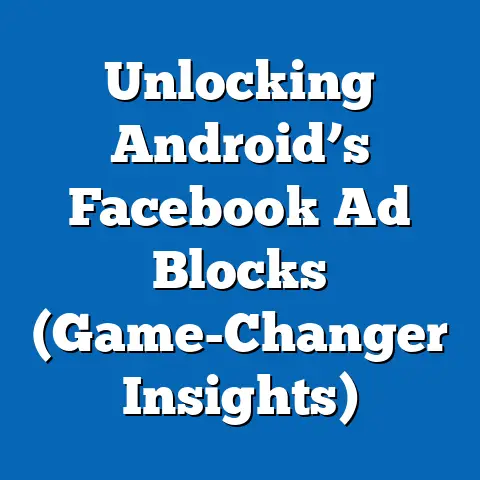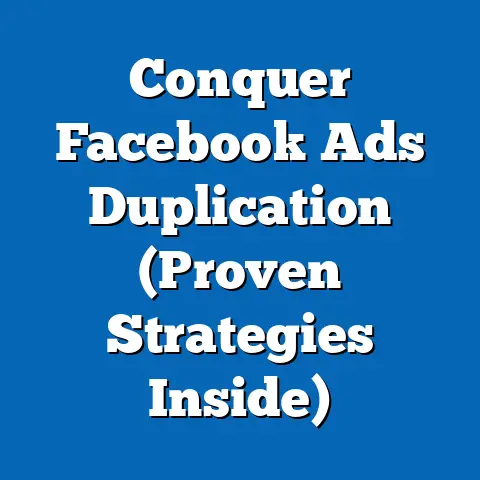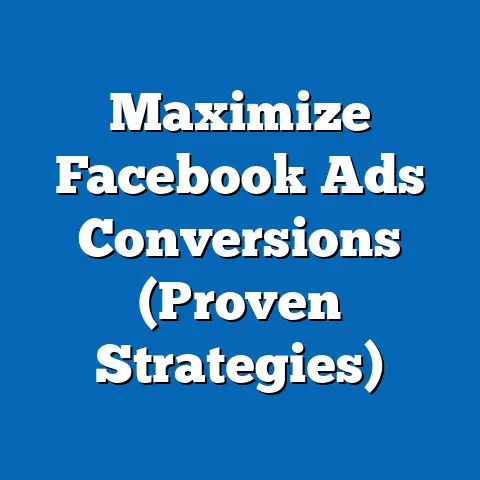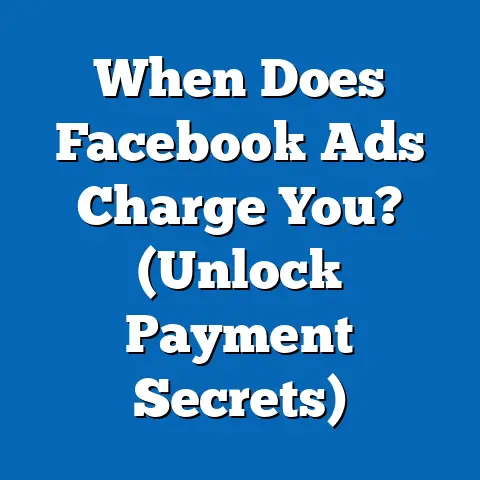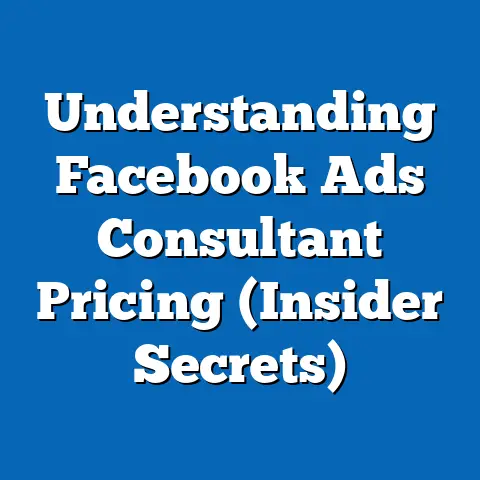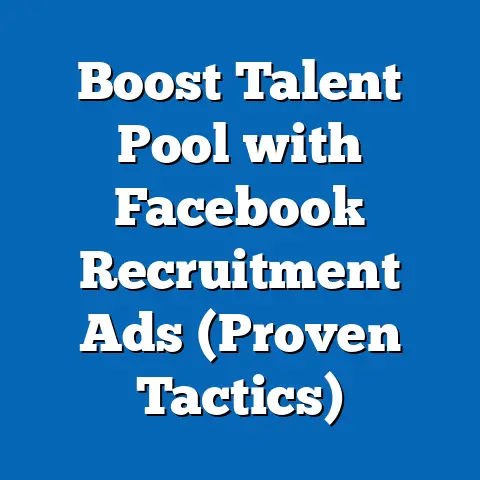Boost Downloads on Facebook Messages (Proven Strategies)
Did you know that Facebook Messenger boasts over 1.3 billion monthly active users worldwide as of 2023, according to Statista? This staggering figure positions Messenger as one of the most powerful platforms for businesses and developers aiming to drive app downloads and user engagement. With its vast user base and direct communication capabilities, leveraging Messenger can significantly amplify download numbers, especially when paired with targeted strategies.
In today’s digital landscape, app developers and marketers are increasingly turning to social media platforms like Facebook Messenger to reach potential users. This article explores proven strategies to boost downloads using Messenger, backed by data-driven insights, historical trends, and demographic patterns. From chatbots to targeted campaigns, we’ll break down actionable tactics, supported by statistics and real-world examples, to help you maximize your app’s visibility and conversion rates.
The Growing Importance of Facebook Messenger in App Marketing
Why Messenger Matters for Downloads
Facebook Messenger has evolved from a simple messaging app into a robust marketing tool. According to a 2022 report by Hootsuite, 67% of global internet users aged 16–64 use messaging apps like Messenger for customer service interactions, product discovery, and even transactions. This trend highlights Messenger’s potential as a direct channel to engage users and drive app downloads.
Unlike traditional advertising, Messenger allows for personalized, one-on-one communication. A study by HubSpot found that 64% of consumers prefer messaging a business over calling or emailing, making it a preferred medium for delivering app download prompts. For app developers, this means higher engagement rates and better chances of converting interest into action.
Historical Trends: Messenger’s Rise as a Marketing Platform
Historically, Messenger’s role in marketing was limited until Facebook introduced business tools like chatbots and ad integrations in 2016. By 2018, over 300,000 businesses were using Messenger bots, as reported by Facebook’s F8 conference data. Fast forward to 2023, and the platform has become a cornerstone of conversational marketing, with businesses sending over 20 billion messages to customers monthly, per Meta’s official announcements.
This growth mirrors the broader shift toward mobile-first marketing. In 2015, mobile app downloads globally stood at 179 billion, according to Statista. By 2022, that number soared to 255 billion, reflecting a 42% increase. Messenger’s ability to tap into this mobile-centric audience makes it a critical tool for driving downloads.
Key Demographics of Facebook Messenger Users
Who Uses Messenger?
Understanding the demographic makeup of Messenger users is essential for tailoring strategies to boost downloads. According to a 2023 Pew Research Center report, 70% of U.S. adults aged 18–29 use Facebook Messenger, compared to 58% of those aged 30–49 and only 36% of those over 50. This skew toward younger users suggests that apps targeting Gen Z and Millennials may see higher engagement through Messenger campaigns.
Globally, Messenger usage is particularly strong in regions like Southeast Asia and Latin America. Data from DataReportal indicates that the Philippines, Thailand, and Brazil rank among the top countries for Messenger penetration, with over 80% of internet users in these regions using the app. For developers targeting emerging markets, Messenger offers a direct line to a massive, engaged audience.
Gender and Behavioral Patterns
Gender differences also play a role in Messenger usage. A 2022 survey by Statista found that 52% of Messenger users in the U.S. are female, compared to 48% male. Women are also more likely to engage with brand messages, with 60% reporting they’ve interacted with a business via messaging apps, per a Nielsen study.
Behaviorally, younger users tend to use Messenger for social interactions, while older demographics often use it for customer support or family communication. Tailoring your messaging strategy—whether casual and fun for younger users or professional and solution-oriented for older ones—can significantly impact download rates.
Proven Strategies to Boost Downloads on Facebook Messenger
1. Leverage Messenger Chatbots for Automated Engagement
Chatbots are a game-changer for driving app downloads through Messenger. A 2021 study by Juniper Research estimated that chatbots would save businesses $8 billion annually by 2022 through automation of customer interactions. On Messenger, bots can guide users through the download process, answer FAQs, and even offer incentives like discounts or free trials.
How to Implement: Create a chatbot using platforms like ManyChat or Chatfuel, which integrate seamlessly with Messenger. Program the bot to initiate conversations with users who interact with your Facebook Page or ads, offering a direct link to download your app. For example, a fitness app could use a bot to ask users about their goals and then suggest downloading the app for personalized workout plans.
Case Study: Domino’s Pizza saw a 25% increase in online orders after implementing a Messenger chatbot that allowed users to place orders directly through the app. While not an app download example, this illustrates the power of bots to drive user actions, which can be replicated for download campaigns.
2. Use Targeted Messenger Ads for Precision Marketing
Facebook’s ad platform allows businesses to run Messenger-specific ads that appear directly in users’ inboxes or as sponsored messages. According to Meta, Messenger ads have a 20–30% higher click-through rate (CTR) compared to standard News Feed ads. This makes them a potent tool for driving app downloads.
Methodology: Use Facebook Ads Manager to create a campaign targeting specific demographics, interests, and behaviors. For instance, if your app is a language-learning tool, target users interested in travel or education. Include a clear call-to-action (CTA) like “Download Now” with a direct link to the app store.
Data Visualization Idea: A bar chart comparing CTRs of Messenger ads (25% average) versus News Feed ads (10% average) could visually highlight why this strategy is effective for downloads.
3. Offer Exclusive Incentives via Messenger
Incentives can significantly boost download numbers. A 2022 survey by RetailMeNot found that 74% of consumers are more likely to download an app if offered a discount or bonus. Messenger’s personal nature makes it ideal for delivering exclusive offers directly to users.
How to Execute: Send personalized messages with limited-time offers, such as “Download our app today and get 20% off your first purchase!” Use Messenger’s broadcast feature to reach a wider audience or segment users based on past interactions with your brand. Track redemption rates to measure success.
Historical Comparison: In 2018, only 40% of businesses used messaging apps for promotions, per a Hootsuite report. By 2023, this figure jumped to 65%, reflecting a growing recognition of Messenger’s effectiveness for incentive-driven campaigns.
4. Build a Referral Program Through Messenger
Referral programs can create a viral loop for app downloads. According to a 2021 Nielsen study, 92% of consumers trust recommendations from friends and family over traditional ads. Messenger’s shareable nature makes it a perfect platform for encouraging users to refer your app to others.
Implementation: Design a referral program where users receive rewards (e.g., in-app currency or discounts) for inviting friends via Messenger. Provide a pre-written message with a download link that users can easily share. Monitor referral metrics to identify top advocates and refine your approach.
Demographic Insight: Younger users (18–29) are 30% more likely to share referral links via messaging apps compared to older users, per a 2022 Statista survey. Focus referral campaigns on this demographic for maximum impact.
5. Engage Users with Interactive Content
Interactive content, such as quizzes or polls delivered via Messenger, can capture attention and drive downloads. A 2020 Content Marketing Institute report found that interactive content generates 2x more engagement than static content. On Messenger, this can translate into higher conversion rates for app downloads.
Strategy: Create a quiz related to your app’s niche—for example, a travel app might ask, “What’s your dream vacation destination?” After users respond, follow up with a personalized message encouraging them to download the app for tailored recommendations. Use chatbot tools to automate this process at scale.
Data Point: Businesses using interactive Messenger content report a 15% higher conversion rate compared to static messages, according to a 2022 ManyChat study.
Challenges and Pitfalls to Avoid
Over-Messaging and User Fatigue
While Messenger is powerful, over-messaging can alienate users. A 2021 survey by Twilio found that 54% of consumers unsubscribe from brand communications if they receive too many messages. Limit frequency to 1–2 messages per week and ensure each interaction provides value, such as a new feature announcement or exclusive offer.
Privacy Concerns
With increasing scrutiny on data privacy, users are wary of how their information is used. Meta’s 2021 privacy policy update led to a reported 25% drop in user trust, per a Pew Research Center study. Be transparent about data usage and comply with regulations like GDPR or CCPA when collecting user information via Messenger.
Technical Limitations
Not all users have access to the latest Messenger features, especially in regions with slower internet or older devices. Data from Statista (2023) shows that 15% of global smartphone users still operate on devices older than five years. Optimize campaigns for low-bandwidth environments and test across different devices to ensure accessibility.
Measuring Success: Key Metrics to Track
To evaluate the effectiveness of your Messenger strategies, focus on measurable outcomes. Below are critical metrics to monitor, along with benchmarks from industry reports:
- Click-Through Rate (CTR): Aim for a 20–30% CTR on Messenger ads, as reported by Meta.
- Conversion Rate: A 5–10% conversion rate from message to download is considered strong, per a 2022 Hootsuite study.
- Cost Per Install (CPI): Track CPI to ensure campaigns are cost-effective. The average CPI for mobile apps in 2023 is $2.50, according to AppsFlyer.
- Engagement Rate: Measure how many users interact with your messages or bots. A 15% engagement rate is above average, per ManyChat data.
Data Visualization Idea: A line graph showing monthly download numbers before and after implementing Messenger strategies could illustrate campaign impact over time.
Broader Implications and Future Trends
The strategies outlined above demonstrate that Facebook Messenger is a versatile and powerful tool for boosting app downloads. As conversational marketing continues to grow—projected to reach a $15 billion market by 2025, per Juniper Research—Messenger will likely remain a key player. Businesses and developers who invest in personalized, data-driven Messenger campaigns now will be well-positioned to capitalize on this trend.
Moreover, the integration of AI and machine learning into Messenger bots promises even more sophisticated targeting and automation in the future. With 70% of businesses planning to increase chatbot budgets by 2025, according to a Gartner report, staying ahead of the curve will be crucial for maintaining a competitive edge.
Finally, as privacy regulations tighten, transparency and user trust will become non-negotiable. Balancing personalization with ethical data practices will define the next era of Messenger marketing. For app developers, the opportunity lies in creating genuine value for users—whether through incentives, interactivity, or seamless experiences—that ultimately drives downloads and long-term loyalty.

